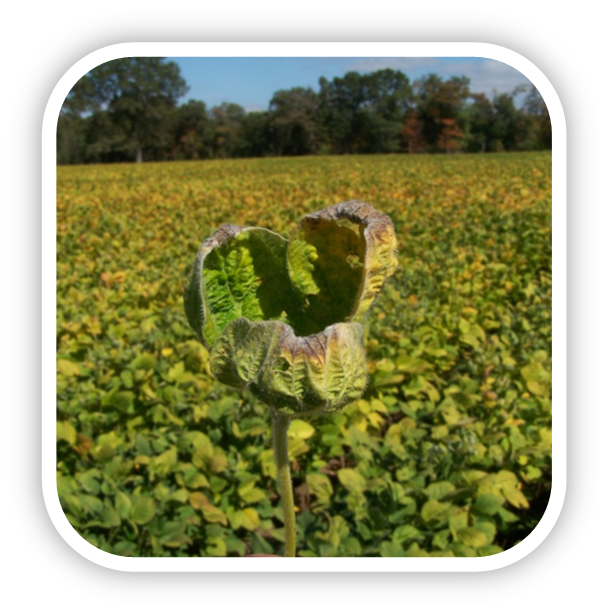Erika Crowl, Agriculture Agent Associate
University of Maryland Extension, Baltimore County

In October 2018, the U.S. Environmental Protection Agency (EPA) approved revised labels for Engenia (EPA Reg. No. 7969-345), FeXapan (EPA Reg. No. 352-913), and Xtendimax (EPA Reg. No. 524-617). While the EPA revised labels, they also announced the registration extension on dicamba for two years for “over-the-top” use on dicamba tolerant cotton and soybean plants.
Changes for 2019:
- Only certified applicators may purchase and apply dicamba; no longer may those working under the supervision of a certified applicator may make applications.
- For the 2019 growing season and each season thereafter, all applicators must complete the annual dicamba training provided by one of the registrants of a dicamba product approved for in-crop use with dicamba-tolerant crops.
- Post- emergent dicamba treatments must be applied prior to 45 days after soybean planting, or R1 stage, whichever comes first.
- Applications will be allowed only from 1 hour after sunrise to 2 hours before sunset.
- In counties where endangered species may exist, the downwind buffer will remain at 110 feet. There will also be an additional 57-foot buffer required around the sides of the field. For a list of counties requiring additional protection measures check out the EPA endangered species website.
Records must be generated within 72 hours of application instead of 14 days. Must also include planting date on records. Record keeping forms for Engenia, FeXapan, and Xtendimax may be found online on the product website.
Please note this is not a comprehensive list of label changes for each dicamba product. I would encourage all applicators to read in detail all requirements on each specific product label. To find local dicamba trainings, please consult your local extension agent or Maryland residents may take the online training
